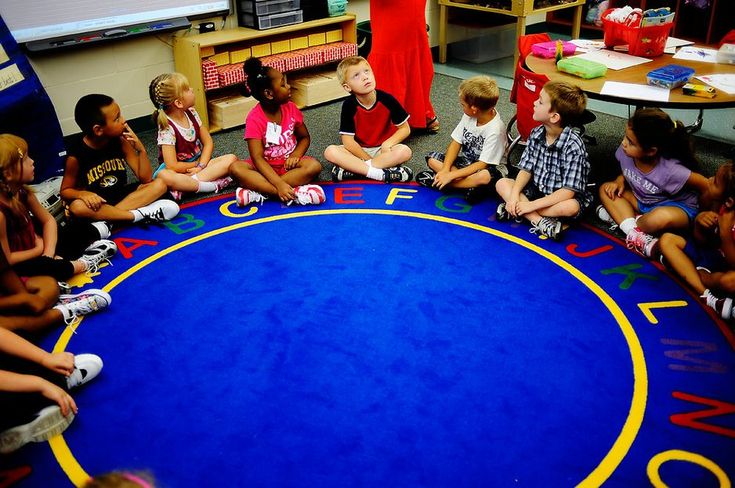Introduction
Special Educational Needs (SEN) assemblies and circle time activities are fundamental components in creating inclusive learning environments for children with diverse learning needs. These activities promote social, emotional, and academic growth while fostering a sense of belonging among students. This article provides an overview of SEN assemblies and circle time, along with helpful tips from Helpsheet 22.
SEN Assemblies
SEN assemblies are school-wide gatherings that focus on acknowledging and celebrating the unique strengths and achievements of all students, particularly those with special educational needs. These assemblies facilitate a culture of inclusivity, empowerment, and mutual understanding among the entire school community.
1.Establish clear objectives: Clearly articulate the purpose and goals of the assembly. Ensure activities promote awareness and understanding of special educational needs.
2.Involve all students: Actively engage every student in the assembly, ensuring they feel included and valued.
3.Recognize achievements: Celebrate the progress and accomplishments of students with SEN by acknowledging their successes through presentations or awards.
4.Encourage collaboration: Foster a sense of teamwork among students by involving them in group discussions and collaborative projects.
Circle Time
Circle time is an interactive session that encourages students to express themselves, share their emotions, listen to others, and contribute to group discussions. Circle time activities allow students with SEN to participate fully in group activities alongside their peers for improved self-esteem, communication skills, and empathy towards others.
1.Set ground rules: Establish guidelines for participation that include taking turns to speak, actively listening to one another, showing respect for different opinions, and maintaining confidentiality.
2.Facilitate open communication: Encourage students to express their feelings honestly without fear of judgment or reprisal.
3.Use visual aids: Use flashcards, role-plays, or games to help convey concepts clearly to children who struggle with verbal communication.
4.Encourage peer support: Promote a mutual understanding and respect among the children, allowing them to develop friendships and support networks within the classroom.
Helpsheet 22 Tips
1.Adapt activities to accommodate for all students: Modify tasks as needed to ensure that each student’s unique needs are met during the activities.
2.Train staff in SEN awareness: Provide adequate training to ensure staff members are knowledgeable about working with students with SEN, allowing them to effectively manage the activities.
3.Regularly review progress: Monitor students’ success during these activities and adjust strategies as needed to better meet their educational needs.
4.Engage parents/guardians: Maintain open communication with parents and guardians about their child’s progress, involving them in SEN assemblies or circle time sessions whenever possible.
Conclusion
Incorporating SEN assemblies and circle time activities in a school setting is essential for creating an inclusive learning environment where every student has the opportunity to thrive. By following the recommendations outlined in this article and Helpsheet 22, educators can better support students with special educational needs while fostering a culture of empathy, understanding, and mutual support among all members of the school community.





